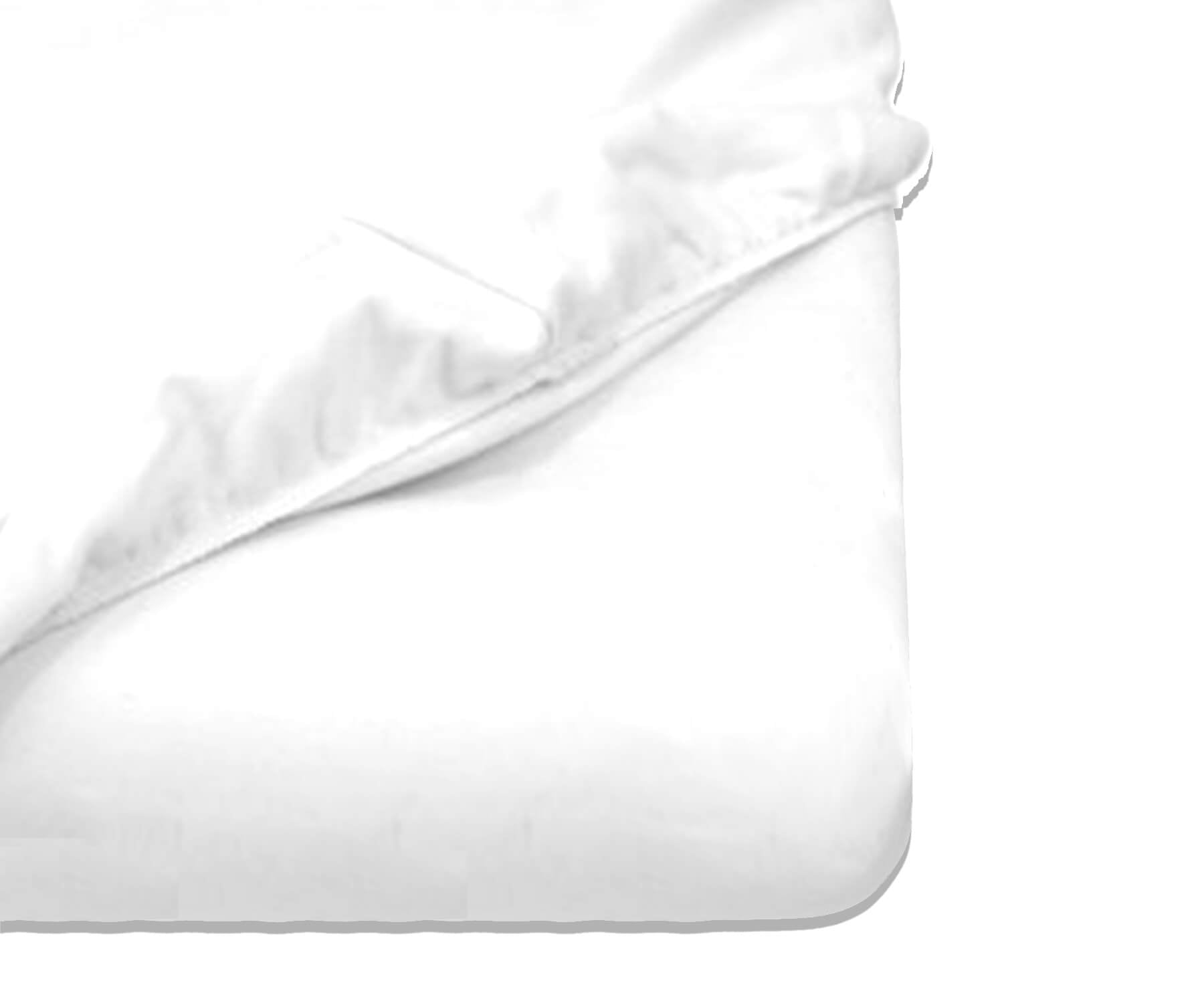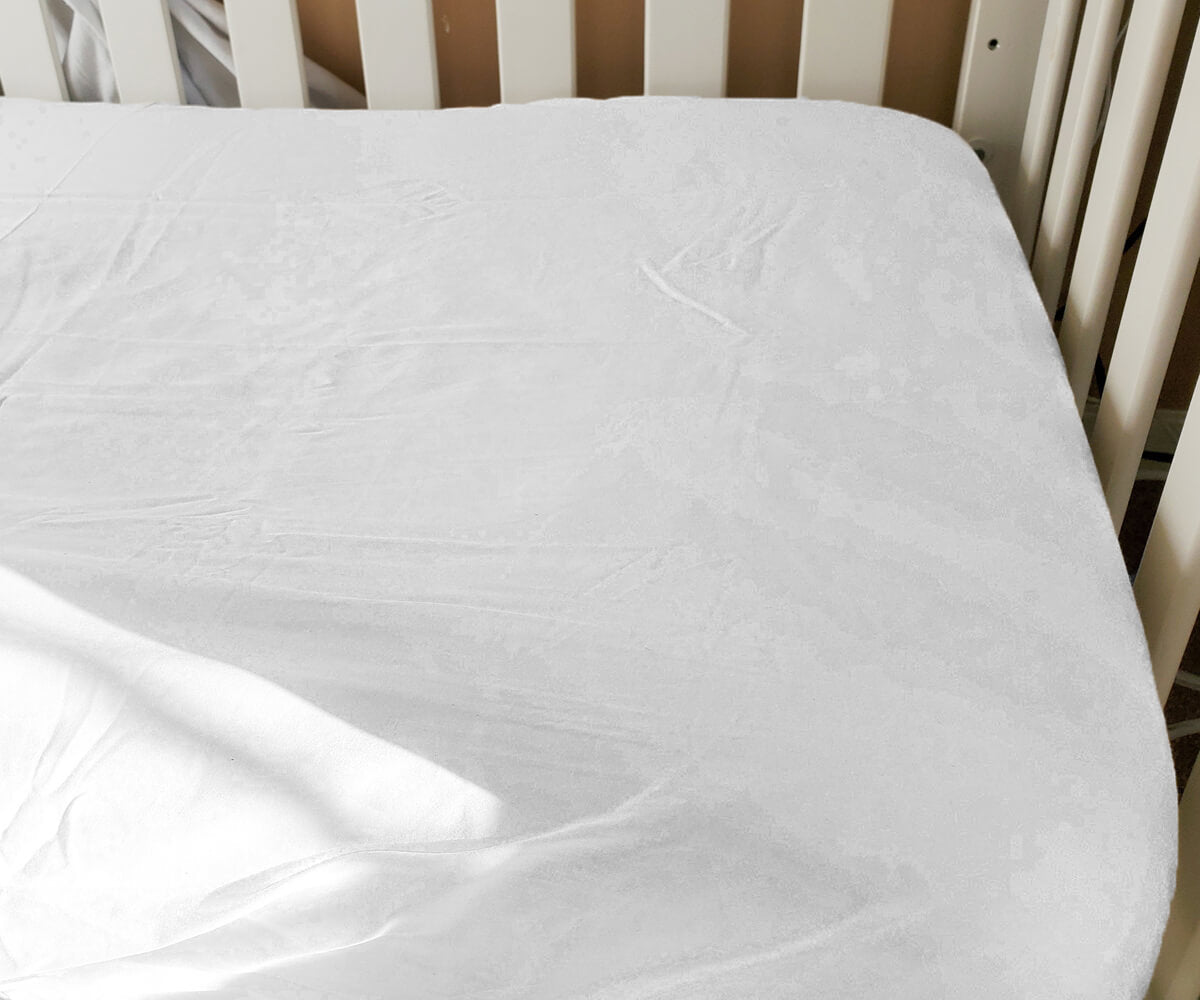Why Build an Organic Bed?
The primary reason for building an organic bed is to create a healthier sleeping environment. Conventional bedding can contain harmful chemicals and synthetic materials that may contribute to allergies, skin irritations, or other health issues. By opting for organic materials, you avoid exposure to toxins like pesticides, flame retardants, and dyes. Here are some of the top benefits of going organic:
- Better for your health: Organic bedding is hypoallergenic, breathable, and gentle on the skin.
- Eco-friendly: Organic materials are sustainably sourced and biodegradable, minimizing environmental impact.
- Durability: Organic fabrics are typically stronger and last longer than synthetic alternatives.
Step 1: Choosing an Organic Mattress
The foundation of an organic bed is the mattress. Traditional mattresses often contain synthetic materials like polyurethane foam, which can release volatile organic compounds (VOCs) into your sleeping environment. Organic mattresses, on the other hand, are made from materials such as natural latex, organic cotton, and organic wool. When choosing an organic mattress, here are a few things to consider:

- Certifications: Look for third-party certifications such as GOTS (Global Organic Textile Standard) or GOLS (Global Organic Latex Standard) to ensure the mattress meets strict organic and non-toxic standards.
- Materials: Natural latex is a popular choice for organic mattresses due to its durability and supportive properties. Organic wool and cotton add a layer of comfort and breathability.
- Firmness: Organic mattresses come in varying levels of firmness, so it’s important to choose one that aligns with your personal preference for comfort and support.
Step 2: Selecting Organic Crib Sheets for Your Baby
If you’re setting up a bed for your baby, organic crib sheets are an essential part of the process. Babies spend a lot of time sleeping, and their skin is more sensitive to chemicals and irritants. Organic crib sheets are made from pure, natural materials that are free from harmful substances, making them ideal for your baby’s delicate skin. When selecting crib sheets, keep the following in mind:
- Material: Look for crib sheets made from organic cotton, which is soft, breathable, and gentle on the skin.
- Fit: Make sure the crib sheets fit snugly over the crib mattress to reduce the risk of suffocation or entanglement.
- Design: Choose crib sheets in soothing, neutral colors or simple patterns to create a calming environment for your baby.
A great option for organic crib sheets can be found at All Cotton and Linen, an online store that offers a wide range of organic bedding essentials including kitchen towels, table linens, and more.
Step 3: Picking the Right Organic Sheet Sets
Your bed wouldn’t be complete without a cozy set of organic sheet sets. Organic sheets are made from materials like organic cotton, bamboo, or hemp, all of which are environmentally friendly and promote a comfortable night’s sleep. When choosing sheet sets, consider the following factors:
- Material: Organic cotton sheet sets are a popular choice because they are soft, breathable, and durable. Bamboo sheets are another eco-friendly option, known for their silky feel and temperature-regulating properties.
- Thread count: While higher thread counts may feel luxurious, they aren’t always necessary for comfort. Organic sheet sets with a thread count of 300 to 500 are usually soft and breathable without compromising durability.
- Care instructions: Organic bedding often requires gentler care than synthetic fabrics. Be sure to check washing instructions to keep your sheet sets in top condition.
Step 4: Adding Organic Pillowcases
Pillowcases are an important part of your sleep experience, as they come in direct contact with your skin and hair. Organic pillowcases are a healthier alternative to conventional options, as they are made from materials free of pesticides, toxic dyes, and synthetic fibers. Here’s what to keep in mind when shopping for organic pillowcases:
- Fabric: Organic cotton pillowcases are soft, breathable, and hypoallergenic, making them ideal for people with sensitive skin or allergies.
- Size: Make sure to choose pillowcases that fit your pillows snugly, without being too tight or too loose.
- Color and style: Organic pillowcases come in a variety of colors and designs. Opt for neutral or earth-toned shades to keep your bed looking clean and natural.
When looking for a set of organic pillowcases, check out All Cotton and Linen, which also offers other organic bedding options like tablecloths and napkins.
Step 5: Choosing Organic Bedding Accessories
Once you’ve selected your mattress, sheet sets, and pillowcases, you can enhance your organic bed with a few additional accessories. These will not only add to the comfort of your bed but also provide extra layers of protection for your mattress and pillows. Some popular organic bedding accessories include:
- Mattress toppers: Made from organic wool or latex, mattress toppers can add an extra layer of softness and protection to your bed.
- Mattress protectors: An organic mattress protector will help extend the life of your mattress by shielding it from moisture, dust mites, and other allergens.
- Duvets and comforters: Choose organic wool or cotton duvets and comforters for a cozy, chemical-free sleeping experience.
These items are typically available at organic bedding retailers or online stores that specialize in sustainable home products.
Step 6: Eco-Friendly Bed Frames and Furniture
The materials in your mattress, sheets, and pillowcases are important, but don’t forget about the bed frame itself. Many conventional bed frames are made with pressed wood or particle board, which can emit harmful chemicals like formaldehyde. Instead, opt for bed frames made from solid wood or other sustainable materials, such as bamboo or reclaimed wood. You can even find bed frames that are FSC-certified (Forest Stewardship Council), meaning the wood is responsibly sourced.
Additionally, consider replacing other bedroom furniture, like nightstands or dressers, with sustainable, non-toxic alternatives.
Step 7: Maintaining Your Organic Bed
To keep your organic bed in top condition, it’s important to follow proper care instructions. Organic bedding may require more delicate handling than conventional options, but the extra effort is worth it to ensure your bedding lasts longer and stays free of harmful chemicals. Here are a few tips for maintaining your organic bed:
- Wash sheets regularly: Wash your organic sheet sets and pillowcases every one to two weeks in cold water with a mild, eco-friendly detergent. Avoid harsh chemicals like bleach, which can damage organic fibers.
- Air out your mattress: Every few months, take your organic mattress outside to air it out and remove any trapped moisture or odors. This will help extend the life of your mattress and keep it fresh.
- Use a mattress protector: A mattress protector made from organic materials will help keep your mattress clean and reduce the frequency of deep cleaning.
Step 8: Where to Buy Organic Bedding
Finding high-quality organic bedding can be overwhelming, but there are a variety of online retailers that specialize in organic, eco-friendly home goods. One such retailer is All Cotton and Linen, which offers a wide range of organic products including sheet sets, pillowcases, crib sheets, table linens, and even kitchen towels. By shopping at reputable stores like this, you can rest assured that you’re purchasing bedding made from high-quality, sustainable materials.
Building an organic bed is a fantastic investment in both your health and the environment. By carefully selecting organic mattresses, sheet sets, pillowcases, and other bedding accessories, you can create a sleep sanctuary that is not only luxurious and comfortable but also free from harmful chemicals. Take your time to research and choose the best products for your needs, and enjoy the peace of mind that comes with sleeping on organic bedding. Whether you're buying crib sheets for your baby or updating your entire bedroom, the switch to organic is a decision you'll feel good about every night.





















